on’t worry, Miss Holly, I’ll help you.”
Out of the mouths of babes. One of my little students often says this to me when it’s time to clean up after a fun session of throwing leaves around, making pretend juice, driving trucks, singing songs, and playing a little bit of piano. What a beautiful habit for a toddler to have! Where did it come from? Is it something their parents taught them? I know A LOT of parents who wish their little one was this empathetic!
You might think this is an isolated incident, given the way we think of toddlers and preschoolers as being basically selfish and self-centered. But I see it every day, and I’m not the only one who does. Dr. Laura Cirelli Ph.D, was interviewed on an episode of Hidden Brain, “Baby Talk: Decoding the Secret Language of Babies.” She described a study she led where they watched what 14-month old babies would do when faced with a virtual stranger who needed help.
As the babies entered the room for the study, they were given by their parents to an assistant, who strapped them into a front-facing carrier. The assistants with the babies strapped to them then faced another adult – a stranger to the baby – and bounced up and down in sync with some music that was playing. While the babies looked across the room at their “dance partners,” they either saw them bouncing up and down in sync with them, or out of sync with them.
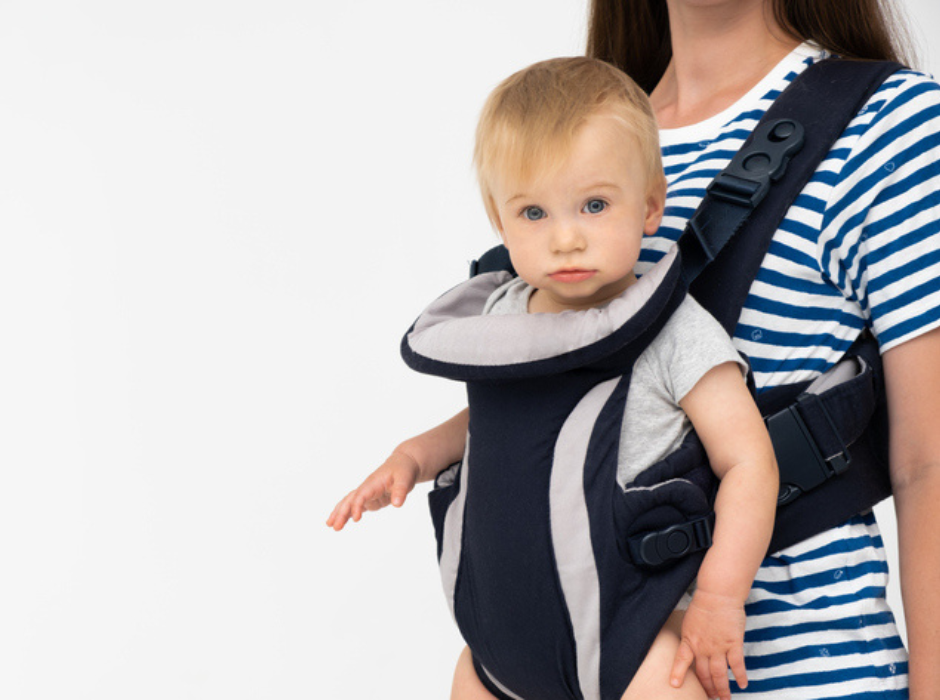
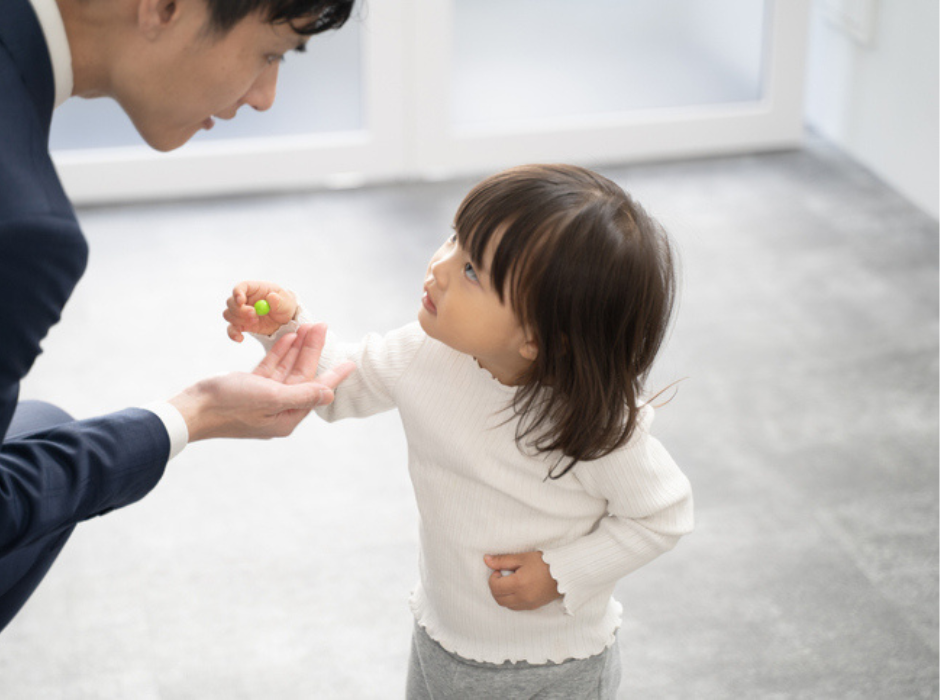
There could be many take-aways from this study, but to me, it demonstrates that a these little cutie pies have a natural sense of empathy, which is fostered by someone who “gets them,” or who dances in sync with them… or who taps on a pumpkin to the child’s beat instead of trying to make them tap to the adult’s beat, or who plays along with their game. What I’ve found is that these kids eventually follow the grown-up’s lead, but first, and sometimes for many months, the grown-up must follow theirs. Ideally, this dance never ends.
Music has an especially powerful way of communicating heart to heart, without words. I think it’s significant that in this study, music and rhythm were used as the means of communication. Long before your child can talk (and for some neurodiverse kids, that’s a longer time than expected) you can communicate with them, and they with you, first by you becoming in sync with their movements, their sounds and pitches, their moods, and their needs and wants. In this way, you’re using simple music to practice your own sense of empathy while modeling it for your child. At the same time, you’re allowing your child’s natural sense of empathy to grow and shine.

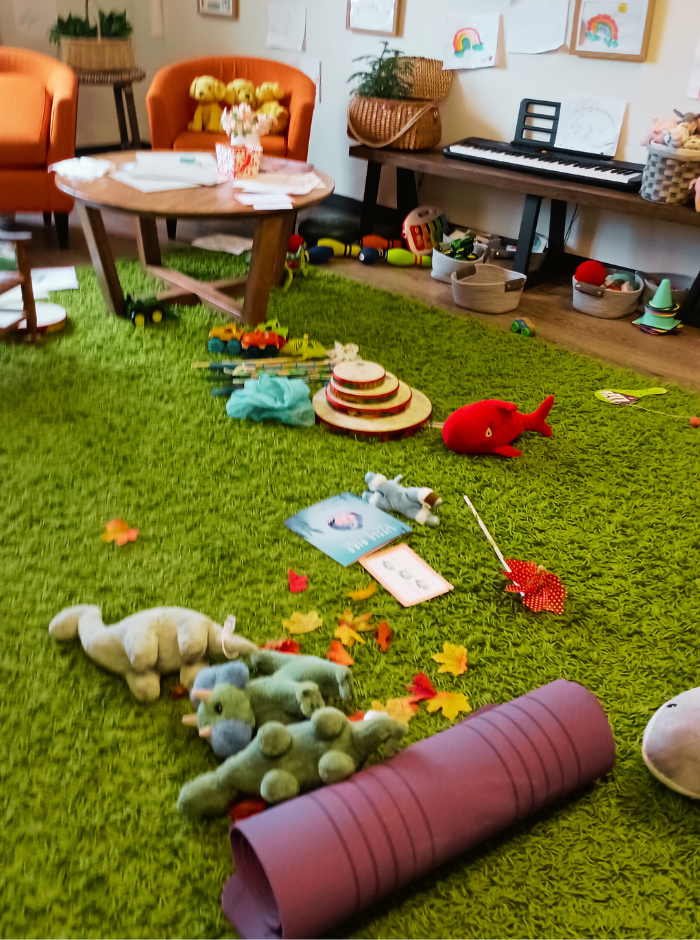
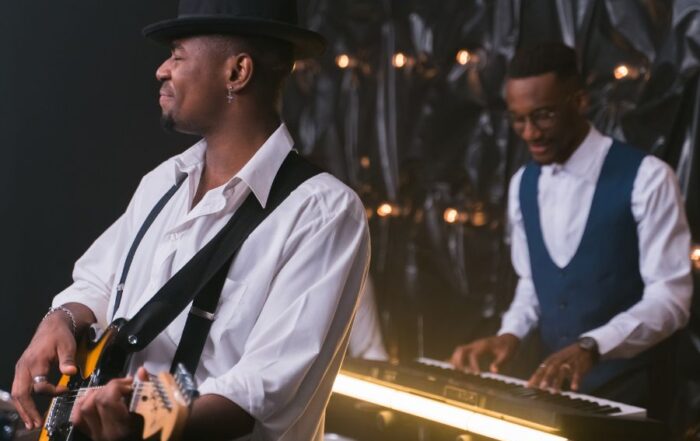
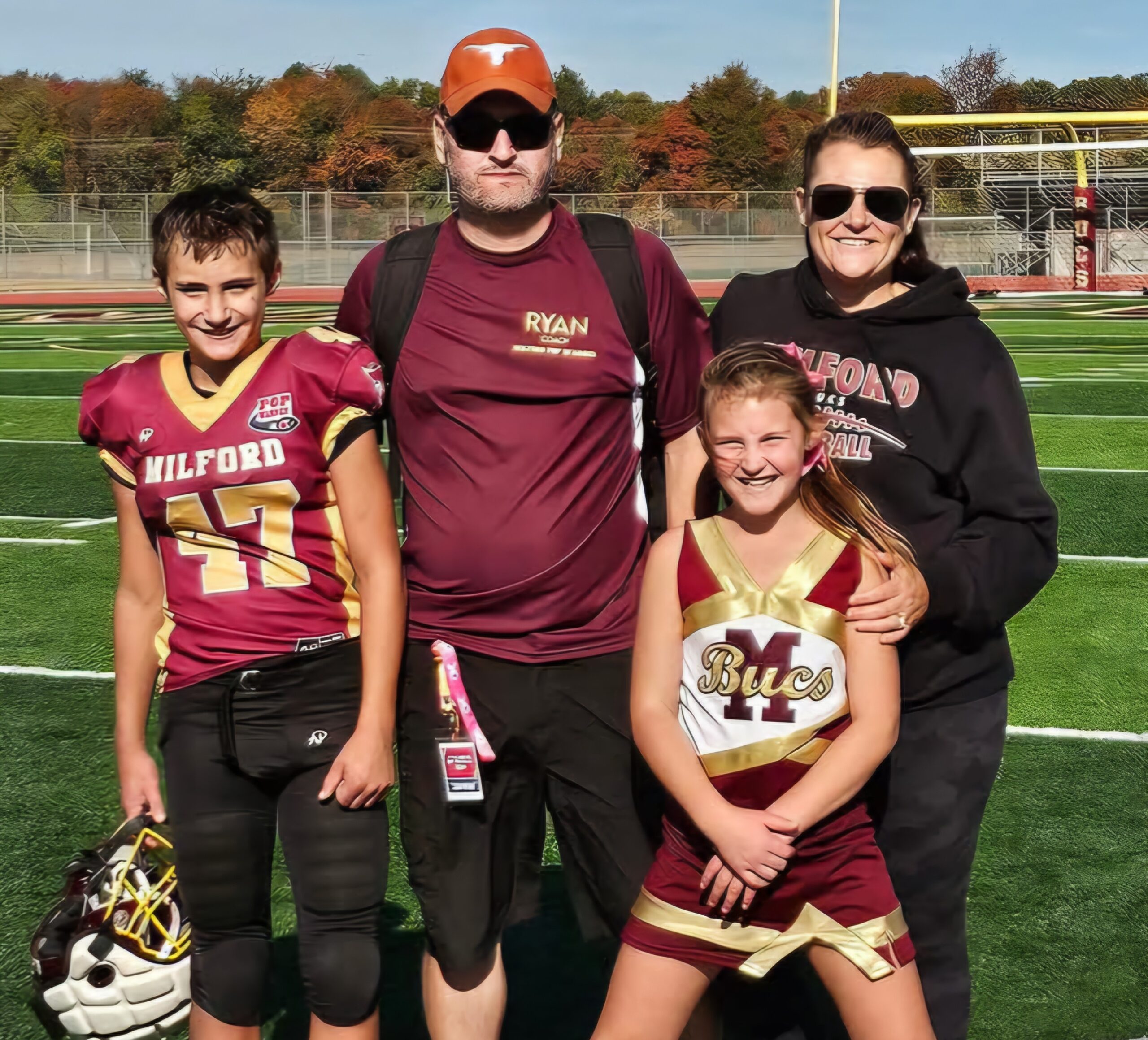


Leave A Comment